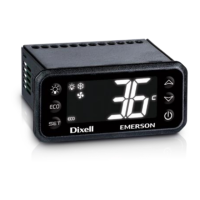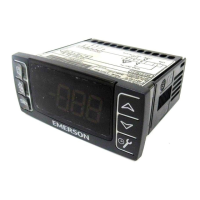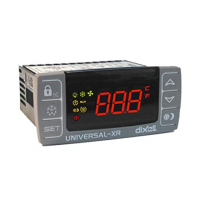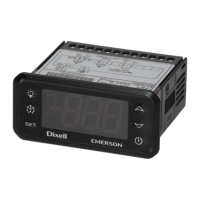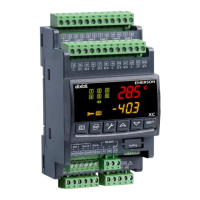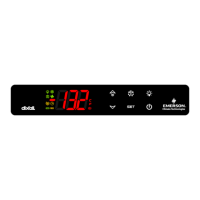User Manual Appendix G
GFK-1742F Jan 2020
Strobe Accuracy Calculations 462
Given the following values/constant for this example:
Encoder Resolution = 8192 cnts/rev
A = Acceleration/deceleration during the strobe event which is 250,000,000 cnts/sec
2
(assumed to be constant over the entire 250
μ
s period; Larger acceleration values will
increase the amount of error in the calculation)
T
p
= Position sampling period which is 250 microseconds
V
I
= Initial velocity just before the strobe event which will be 0 for this example.
The change in the number of encoder counts (Cnts) for a given amount of time (t) can be
calculated using the following formula:
P
act
= V
I
t + ½ A t
2
Therefore the total number of counts to occur during the sampling period for this example
is approximately 8 counts (actual calculated values is 7.8125) or 0.343 degrees of motor
rotation.
The average velocity for the sample period given the change in position would be as follows:
The following formula can be used to estimate the strobe position using the velocity derived
above:
Pest = V
I
t + V
avg
t
Therefore, the error between the estimated strobe position and the actual strobe position
is as follows:
Error = P
act
- P
est
The graph below contains plots of the actual position, the estimated position, and the
resulting strobe position count error for the 250-microsecond sample period. The graph
shows that the greatest count error occurs in the middle (i.e. at 125 microseconds) of the
period.

